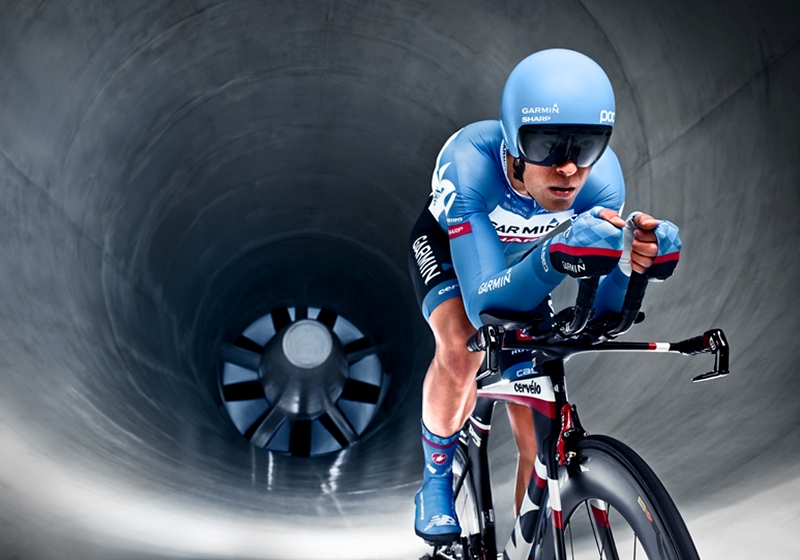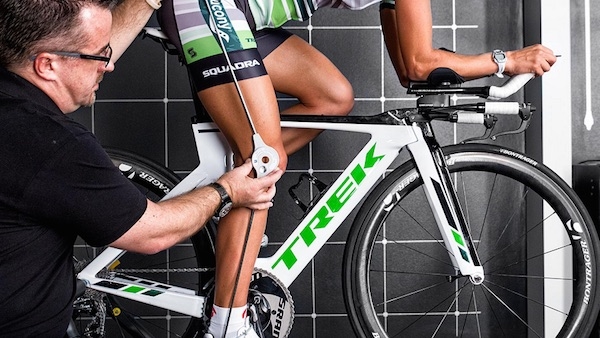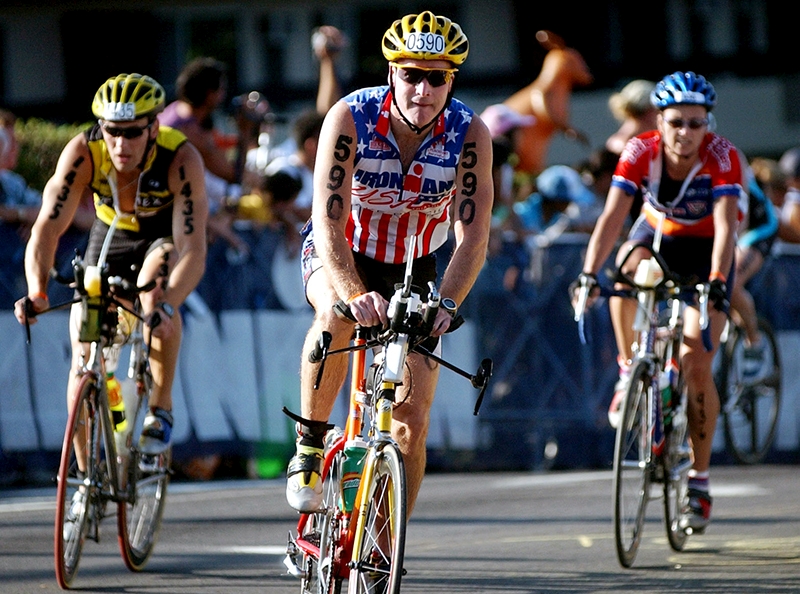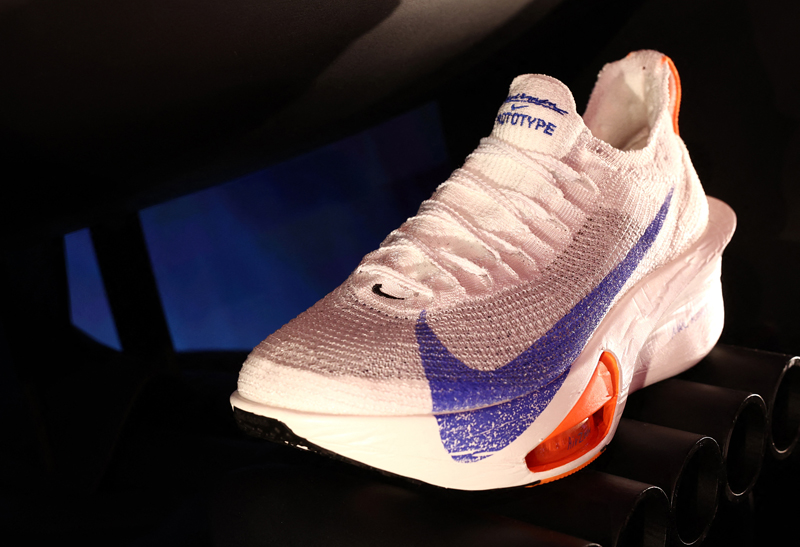You are viewing 1 of your 1 free articles. For unlimited access take a risk-free trial
Mountain bike technology: hard or soft tail for performance?
What's faster round a hilly course - a hardtail or full suspension mountain bike? Andrew Hamilton looks at what the science says
There’s no doubt that a suspension system on a mountain bike helps hugely when it comes to negotiating rough terrain. However, there’s still much debate as to whether the (almost inevitable) extra weight and cost of a full suspension (ie front and rear shocks) set up is worth it over a simpler ‘hardtail’ (front forks only shocks) design.When the going gets rough
The conventional wisdom is that when the terrain gets really bumpy, a full suspension system (ie one possessing rear shock absorption as well as front) allows much faster speeds to be maintained. This is due to the improved contact with the ground and superior traction, which allows more of the available rear wheel power and grip to actually reach the ground by allowing the wheel to better articulate over obstacles. On steep descents, a rear shock absorber also helps to stabilise the bike and rider, which in theory at least, improves the ability to steer accurately – essential when navigating around hazardous objects!However, full-suspension bikes don’t hold all the aces. Due to the increased front-to-rear stiffness, hardtail bikes should be able to transfer pedaling power from the crank to the rear wheel more efficiently. On non-technical surfaces, this should in turn result in better acceleration and make it easier to sustain higher speeds over a long time. Another advantage is weight; at any given price point, a hardtail bike will tend to be lighter than its full suspension equivalent. On lengthy climbs, this should give a hardtail rider an advantage, even allowing for the potentially improved traction of a full suspension bike.
What does the science say?
The general consensus among off-road cyclists is that being lighter and stiffer, hardtail systems are better for climbing, while on technical downhill trails, full suspension bikes have a clear advantage. But is this really the case? And what about on courses that contain significant amounts of both uphill and downhill riding? Where does the balance lie then?Surprisingly, there has been very little scientific research carried out on this topic. However, one excellent study by US scientists provides a good insight into which mountain bike design is likely to work best and when. In this study, researchers compared the physiological responses and actual performances of actual competitive MTB riders riding each type of bike on an off-road course [Int J Sports Physiol Perform. 2011 Dec;6(4):546-58]. To do this, a group competitive mountain bikers completed two trials in a random order round a simulated competitive cross-country course, which took around 105 minutes with about 70% of the time spent riding uphill.
The bikes used in each trial were essentially identical except for the fact that one was equipped with full suspension whereas the other was equipped with front suspension only (hardtail design). However, the extra suspension components on the full suspension bike also meant that in total, it weighed two kilos more than the hardtail design. Each trial consisted of four laps of a rugged 8km trail with 154 metres of elevation gain per lap. The first three laps were performed at medium intensity, during which oxygen uptake, heart rate and perceived exertion of the riders were collected. The fourth and final lap was performed as a maximal time-trial effort.
Traction or lightness?
When the results were analysed, they showed that during the first and third laps, oxygen uptake, heart rates and perceived exertion were similar regardless of which bike was ridden. However, the cyclists rode the hardtail bike significantly faster during the uphill sections of the course (almost certainly because it was lighter and more efficient). On the downhill sections, the full suspension bike was slightly faster but the gains in descending speed over the hardtail design were not considered to be very significant. And when it came to the final ‘full-on’ lap, the riders were significantly faster on the hardtail bike; the average lap time was 27.5 minutes on the full suspension bike but over two and a half minutes quicker on the hardtail bike at just 24.9 minutes!Implications for riders
What are the implications for mountain bikers who are wondering if a new bike purchase could help improve performance? Although it only weighed two kilos less, the hardtail design was significantly quicker round an ‘up and down hilly course’ than the full suspension design. Of course, you might expect the hardtail bike to be quicker uphill, but what was clear was that the full suspension bike struggled to claw that time back on the downhill sections.However, if you think about it, perhaps this isn’t so surprising after all; on a circular hilly course, the ascent and descent in terms of metres is the same. But in terms of time, much more is spent ascending, which is exactly where the hardtail shows its advantage. And given that for an equivalent cost, a hardtail design is going to be lighter than a full suspension design, competitive and budget-minded mountain bikers looking for maximum performance over hilly terrain should probably put a hardtail design at the top of their shopping list. However, when it comes to courses that are mainly or all downhill, the full suspension bike still has a clear advantage despite any weight penalty and should be at the top of your shopping list!
Newsletter Sign Up
Testimonials
Dr. Alexandra Fandetti-Robin, Back & Body Chiropractic
Elspeth Cowell MSCh DpodM SRCh HCPC reg
William Hunter, Nuffield Health
Newsletter Sign Up
Coaches Testimonials
Dr. Alexandra Fandetti-Robin, Back & Body Chiropractic
Elspeth Cowell MSCh DpodM SRCh HCPC reg
William Hunter, Nuffield Health
Keep up with latest sports science research and apply it to maximize performance
Today you have the chance to join a group of athletes, and sports coaches/trainers who all have something special in common...
They use the latest research to improve performance for themselves and their clients - both athletes and sports teams - with help from global specialists in the fields of sports science, sports medicine and sports psychology.
They do this by reading Sports Performance Bulletin, an easy-to-digest but serious-minded journal dedicated to high performance sports. SPB offers a wealth of information and insight into the latest research, in an easily-accessible and understood format, along with a wealth of practical recommendations.
*includes 3 coaching manuals
Get Inspired
All the latest techniques and approaches
Sports Performance Bulletin helps dedicated endurance athletes improve their performance. Sense-checking the latest sports science research, and sourcing evidence and case studies to support findings, Sports Performance Bulletin turns proven insights into easily digestible practical advice. Supporting athletes, coaches and professionals who wish to ensure their guidance and programmes are kept right up to date and based on credible science.













